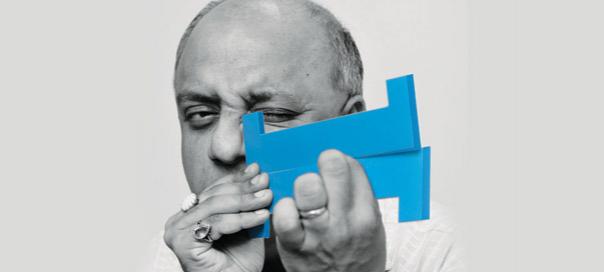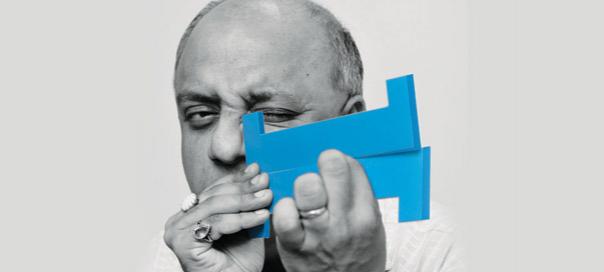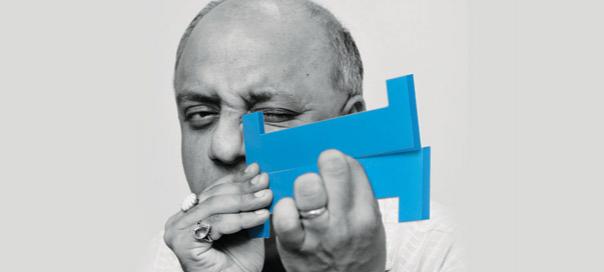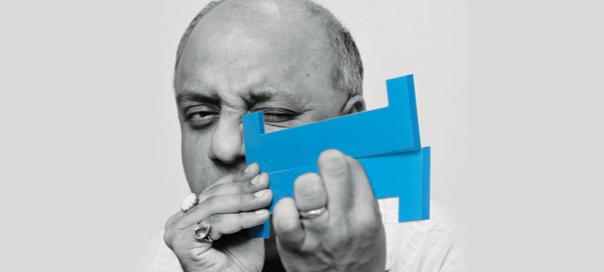The Breaking News Syndrome is the 10th episode of Season Four in the blockbuster Men in Black cartoon series released in 2001. In this TV animation, MiB Agent K and Agent J find an alien TV crew among them as they are in hot in pursuit of the ‘special guest star’ and chief alien baddie Drekk. The TV crew from the show, Galaxy Guardians, “go on a ride for a high-speed chase, catch a few birds in the glitter of a spotlight” and profile one of the MiB outstanding agents, in this case, the much-respected, resurrected Agent K as he and his partner J go about their top-secret business.
The Breaking News Syndrome is quite a tongue-in-cheek statement. For one, the TV crew from G Deng Galaxy is supposed to profile the star of the MiB, more powerful and secretive than the CIA and FBI; secondly, the MiB is supposed to be protecting the human race, as Chief Zed says, “unbeknownst to the earth’s public at large”. And here you have a TV crew recording every bit of their alien crime-busting lives especially for a galaxy nowhere near earth. Ludicrous!
Translate it to the environment of breaking news in Indian television, and you will see the connection. There’s more to this awkward, fatigued, weather-beaten phenomenon than only the malaise. Do you know there’s something called www. breakingnews.com whose lag time is at least half hour after the news has broken? Any time you google for Breaking+News or just ‘breaking news’, the pages that open up are only about breaking news in this or that online newspaper, TV news channel portals, on Twitter , blogs or YouTube. Do you get any pages mentioning ‘breaking’ or ‘news’ separately? Well, you got to have patience to discover that. I, for one, did not. Search as you want, the breaking-news pages from all kinds of news sources do not seem to end! No wonder, Urban Dictionary defines the “Breaking News Syndrome” as a behavioural anomaly aberration -- “the inability for some individuals to assess the entire story before bringing titbits to the table in the form of fact”.
The advent of breaking news coincides with the privatization of electronic news media, the arrival of mobile telephony and the digital media in India. Post the economic liberalization of 1991, the media industry, after having successfully experimented with colour pages, niche news and local flavours in Print, discovered speed was necessary to beat competition in the clutter of news channels. Around this time, electronic newspapers also arrived and speed became speedier while competition demanded the winner to be the speediest. Therefore, it was enforced upon the TV news channels and portals to deliver news as it came, nay, as it broke. You had to be the first to capture eyeballs and viewers’ attention. Inability was a sure-shot failure. What added to the highdemand environment was the changing news environment of the new millennium. How speed began playing a dominating role in those extraordinary newsy times can be gauged from this narrative of a senior journalist I know.
Year 2001. Date: December 13. Day: An unusually warm December Thursday. Our journalist friend – then a chief sub-editor in the now-defunct www.thenewspapertoday. com from the house of India Today – was driving past India Gate close to noon.
“The phone rang,” he says. It was his office. Terrorists had attacked Parliament House after breaching the security at Gate No. 12 and were on a rampage.
“What was I to do? The first though that struck me was that I would not be able to reach the office – it was in the Jhandewalan Extension area and one had to go via Parliament House from India Gate – and I’d be hauled up by the editor for not being there during such an emergency when all hands were required. Then I saw my mobile phone lying on the jump seat. I called office and left a message saying that I was reaching Parliament House, and that someone from the desk should call me back for an eyewitness account from the spot.”
The journalist says that from then on, from his car, while walking up to the siege spot and then from the spot itself, he relayed the attack in thousands of real-time bits and pieces of news, before beat reporters relieved him. His bits and pieces made newspapertoday.com notch up a handsome number of hits. Of course, such speed in news delivery has gone up fantastically, what with smartphones, apps, NextGen Digital Satellite News Gathering (DSNG)/outside broadcasting platforms, digital news gathering apparatus, and a plethora of gizmos. The newspapertoday. com journalist’s experience was just the right situation for news to become ‘breaking news’. What has taken the sheen off it is the relentless use of the phrase, often at the cost of authenticity of news, thus opening it to ridicule. In fact, India Today Group is today moving towards a convergent newsroom and digital dissemination is a big area of focus. In the recent case of allegations of misappropriation of funds by Law Minister Salman Khurshid and his wife, Louise, Press Council of India Chairman Justice Markandey Katju urged former Chief Justice of India and National Broadcasting Standard Association (NBSA) chief Justice JS Verma to probe allegations against the Union Minister and also against the India Today group and come out with a report. The reason I am making this point is not to make a commentary on the specific case, but the fact that even a credible and highly editorially honest group like India Today also has to face scrutiny because of the media environment at large.
In a letter to Verma, Katju requested the NBSA to hold an inquiry into the matter and make findings public to exonerate the innocent and expose the guilty. While observing that the broadcast media often “does not do proper investigation for their stories”, he added: “This incident is not just an isolated one, because often complaints are made that in their hurry to give breaking news, the media, specially the broadcast media, does not do proper investigation before attacking someone’s reputation.” Even the chief anchor of a respected news channel, credited with bringing the most relevant aam admi issues to the fore, stands accused of ridiculously using the breaking news super to death in his prime-time discussion-and-deliberation programme. The ‘breaking-news syndrome’ has left the Indian news channels prone to factual errors, sensationalization and confusion. From the unusual to the funny and the bizarre, for them, it is ‘the weirder the better’ for ‘breaking news’, in an attempt to catch eyeballs.
Hindi news channels that have in the past relied on bhoots, prets, chamatkars, mahapralays, end of Kalyug and the beginning of Satyug, have moved away from this kind of content and tried to move into factual and credible news to resurrect their credibility and ratings . But Hindi news viewership overall has fallen in the last one year. Blame the channels? Nah! Blame ourselves.
Feedback: abatra@exchange4media.com
























